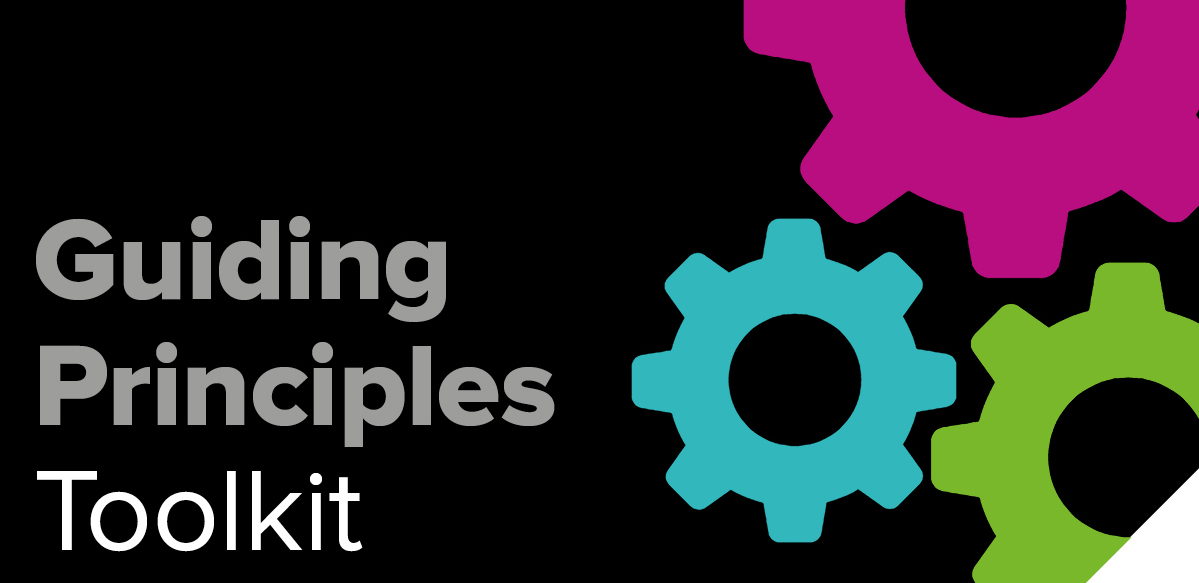Objectives
- To show that team members will have lots in common with each other and provide a structured way to learn more about each other.
- To help build team identity.
- To help build rapport amongst team members.
Time
45 minutes
Materials Required
Copies of the ‘Much in Common’ Activity handout.
Instructions
- Distribute copies of the ‘Much in Common’ Activity form to every team member. Ask each team member to find a partner and instruct them to find out as many things in common as possible within 2-3 minutes.
- At the end of time ask them to find a new partner and repeat the process two more times.
Debrief
- Ask the team how many things they found in common.
- Ask “what were the more likely areas of commonality – e.g. sports or hobbies, areas where they lived as children”. Did anyone discover something very unusual that they had in common?
- Discuss the value of human relationships within teams and commonality and diversity and what these mean to teams.

You must be logged in to post a comment.